Frameworks
The Power Shift Framework
Overview
The Power Shift Framework expands on traditional systems change models (like Socio-technical Transition Theory) by adding a fourth, foundational layer that recognizes the power of lived experience, community transformation, and cultural shifts.
This framework helps changemakers, organizations, and networks understand how transformation really happens, not just through policy or innovation, but through deep cultural and personal change that shifts power from the center to the grassroots.
The Four Levels of Systems Change
Deep Root Systems (NEW LAYER)
The foundation of all change.
Driven by lived experience, healing, and cultural transformation.
Builds power through relationships, storytelling, and community organizing.
Focus: Scaling deep — shifting values, mindsets, and narratives.
Niche Level
Local innovations and experimental collaborations.
Testing new ideas and creating alternative models of change.
Focus: Scaling out — spreading successful innovations.
Regime Level
Policies, institutions, and systems that maintain the status quo.
Where mainstream power operates.
Focus: Scaling up — influencing or transforming structures.
Landscape Level
Broad social, economic, environmental, and cultural forces.
Long-term trends that shape the context for change.
How to Use the Power Shift Framework
Map your system
Identify activities or actors at each of the four levels.
Notice where most energy and resources are concentrated — and where the Deep Roots work might be missing or under-supported.
Reflect on power
Ask: Who holds power here? Who is missing?
Explore how power might shift when lived experience and community knowledge lead the change process.
Strengthen your Deep Roots
Invest in relationship-building, healing, and community leadership.
Support spaces for storytelling, connection, and collective sense-making.
Connect the levels
Systems change happens when all levels interact.
Create feedback loops between grassroots wisdom (Deep Roots) and institutional change (Regime).
Why It Matters
Lasting systems change doesn’t start in boardrooms, it grows from the ground up.
By valuing the Deep Roots work of communities, we nurture movements that are more inclusive, resilient, and transformative.
Use this framework to:
Guide strategy for collective impact or systems change projects
Support equity-based and community-led initiatives
Reimagine power and leadership across scales
e.g. systems mapping on Gender Based Violence Learning Lab. A network to support practitioners working on GBV across Nova Scotia in Canada.

